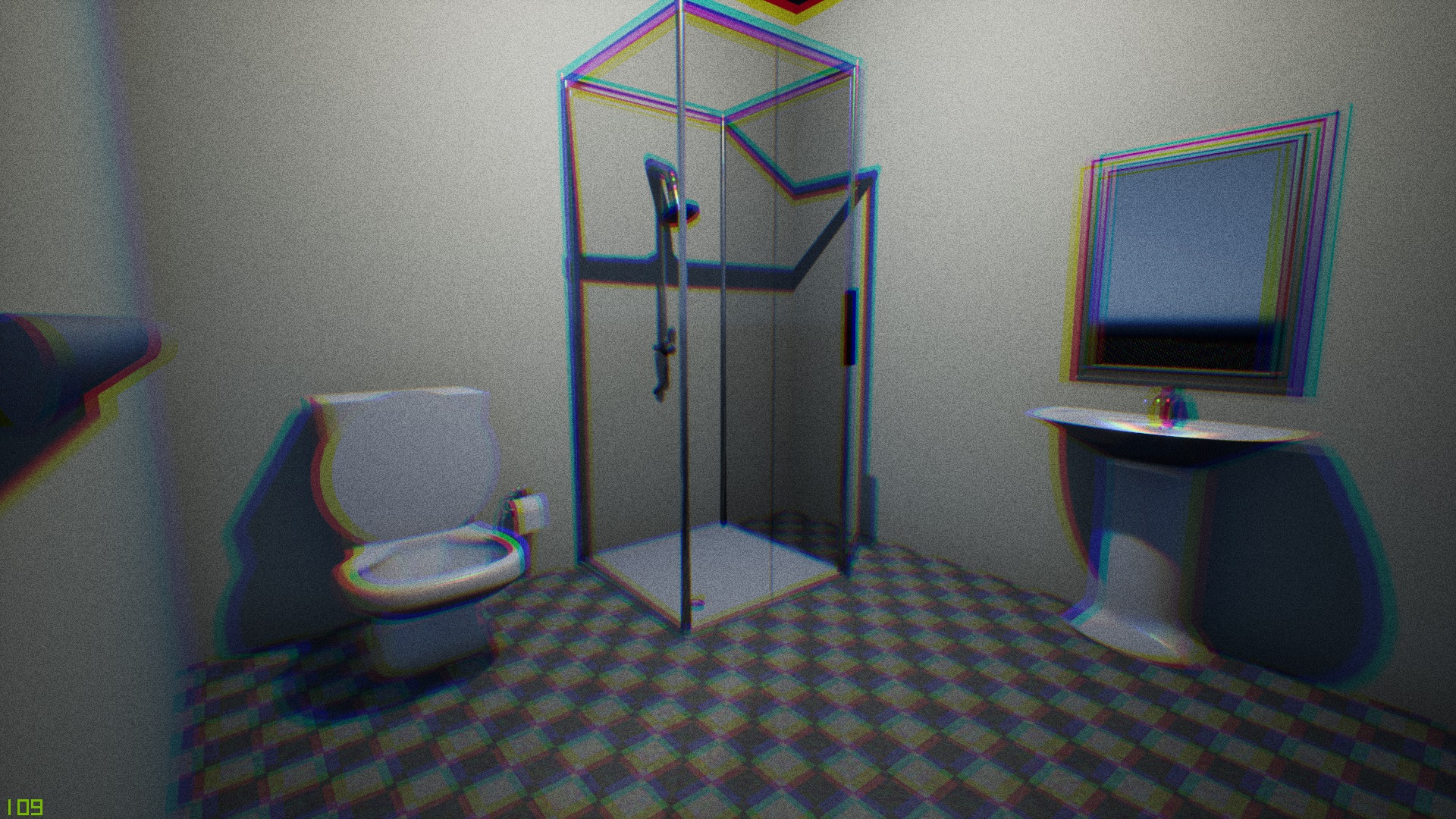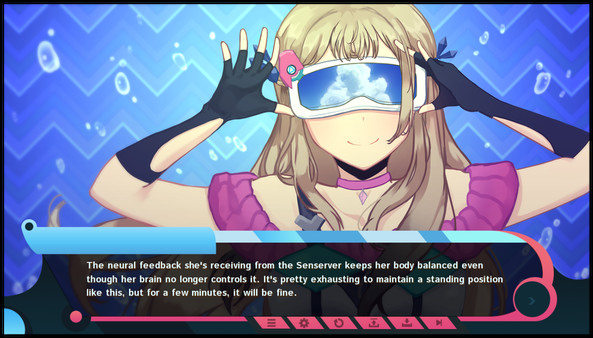
# corner (x, y)-coordinates to our list of reference points # grab the index of the corner with the current ID and append the # loop over the IDs of the ArUco markers in top-left, top-right, Print(" constructing augmented reality visualization.")

# by flattening the ArUco IDs list and initializing our list of Provided that our script is still executing, we can safely assume that all four ArUco markers were successfully detected.įrom there, we can grab the IDs of the ArUco markers and initialize refPts, a list to contain the (x, y)-coordinates of the ArUco tag bounding boxes: # otherwise, we've found the four ArUco markers, so we can continue Again, our augmented reality process here depends on all four markers being successfully found. In the event that the four ArUco markers were not found, we gracefully exit the script ( Lines 36-38).

If you haven’t yet, go back and read my previous tutorials on ArUco markers - those guides will help you get up to speed. The entire augmented reality process hinges on finding these ArUco markers first. Once we have the card and its ArUco markers, we can take the source image and transform it onto the card surface, thus forming the augmented reality output. Our goal is to detect the four ArUco markers on the Pantone card. The first step is to detect the four ArUco markers on the input image. dirsfirstįigure 8: Our example input image for applying augmented reality with OpenCV.
WARPED REALITY BACKGROUND CODE
Start by making sure you use the “Downloads” section of this tutorial to download the source code and example images. Gain access to Jupyter Notebooks for this tutorial and other PyImageSearch guides that are pre-configured to run on Google Colab’s ecosystem right in your web browser! No installation required.Īnd best of all, these Jupyter Notebooks will run on Windows, macOS, and Linux! Project structureīefore we can implement augmented reality with OpenCV, we first need to review our project directory structure.
WARPED REALITY BACKGROUND PLUS
Having problems configuring your development environment?įigure 3: Having trouble configuring your dev environment? Want access to pre-configured Jupyter Notebooks running on Google Colab? Be sure to join PyImageSearch Plus - you’ll be up and running with this tutorial in a matter of minutes.
WARPED REALITY BACKGROUND INSTALL
If you need help configuring your development environment for OpenCV, I highly recommend that you read my pip install OpenCV guide - it will have you up and running in a matter of minutes. Luckily, OpenCV is pip-installable: $ pip install opencv-contrib-python


In order to learn the basics of augmented reality, you need to have the OpenCV library installed. In this tutorial you will learn the basics of augmented reality with OpenCV. We’ve made incredible strides in a short amount of time - and I believe the best is yet to come (and will likely be coming in the next 10-20 years).īut before we can start building state-of-the-art augmented reality applications, we first need to learn the fundamentals. While augmented reality (as we understand it today) has existed since the late 1980s/early 1990s, it’s still very much in its infancy. Players then must capture these Pokemon and collect all of them.Įntire companies have been built surrounding augmented reality and virtual reality applications, including Oculus and MagicLeap. The Pokemon Go app places creatures (called Pokemon) inside this virtual world. Players then observe the world through their camera, walking through real-world environments, including city streets, tranquil parks, and crowded bars and restaurants. To play Pokemon Go, users open the app on their smartphone, which then accesses their camera. Figure 2: The popular Pokemon Go app is a great example of computer vision-based augmented reality ( image source).


 0 kommentar(er)
0 kommentar(er)
